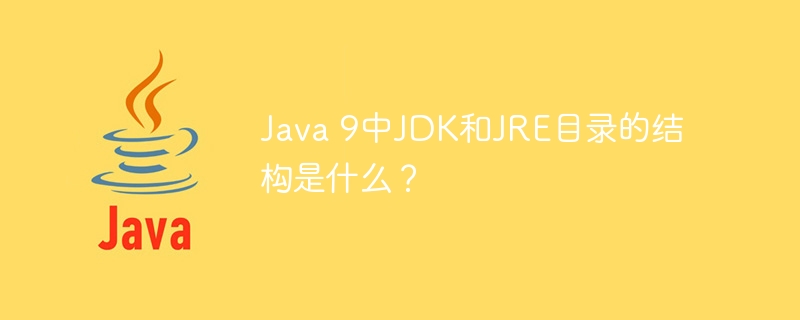
The directory structure of JDK and JRE is almost the same, except that JDK has two additional directories, such as jmods and include, and there is no JRE subdirectory in the JDK9 version.
The JDK directory is the root directory for JDK software installation. This directory also includes copyright, readme files, and the src.zip file, which can be a source code archive file for the Java platform.
JDK directory structure:
<strong>JDK-9
- bin
- conf
- include
- jmods
- legal
- lib</strong>
Copy after login
- The JDK/bin directory contains an executable and command line launcher that can be defined by modules linked to the image. The
- JDK/conf directory contains .properties, .policy, and other configuration files for developers, deployers, and end users to edit.
- The JDK/lib directory contains private implementation details of the runtime system. These files are not intended for external use and cannot be modified.
- JDK/jmods directory contains compiled module definitions.
- The JDK/legal directory contains the copyright and license files for each module. The
- JDK/include directory contains C language header files that support native code programming using the Java Native Interface (JNI) and the Java Virtual Machine (JVM) debugger interface.
JRE is the root directory of the JRE software installation. This directory contains readme and other JRE folders.
JRE directory structure:
<strong>JRE-9
- bin
- conf
- legal
- lib</strong>
Copy after login
-
JRE/bin The directory contains the executables and command line launchers defined by the modules linked to the image. The
-
JRE/conf directory contains .properties, .policy, and other configuration files for developers, deployers, and end users to edit.
-
The JRE/lib directory contains private implementation details of the runtime system. These files are not intended for external use and may not be modified. The
-
JRE/legal directory contains the copyright and license files for each module.
The above is the detailed content of What is the structure of JDK and JRE directories in Java 9?. For more information, please follow other related articles on the PHP Chinese website!






